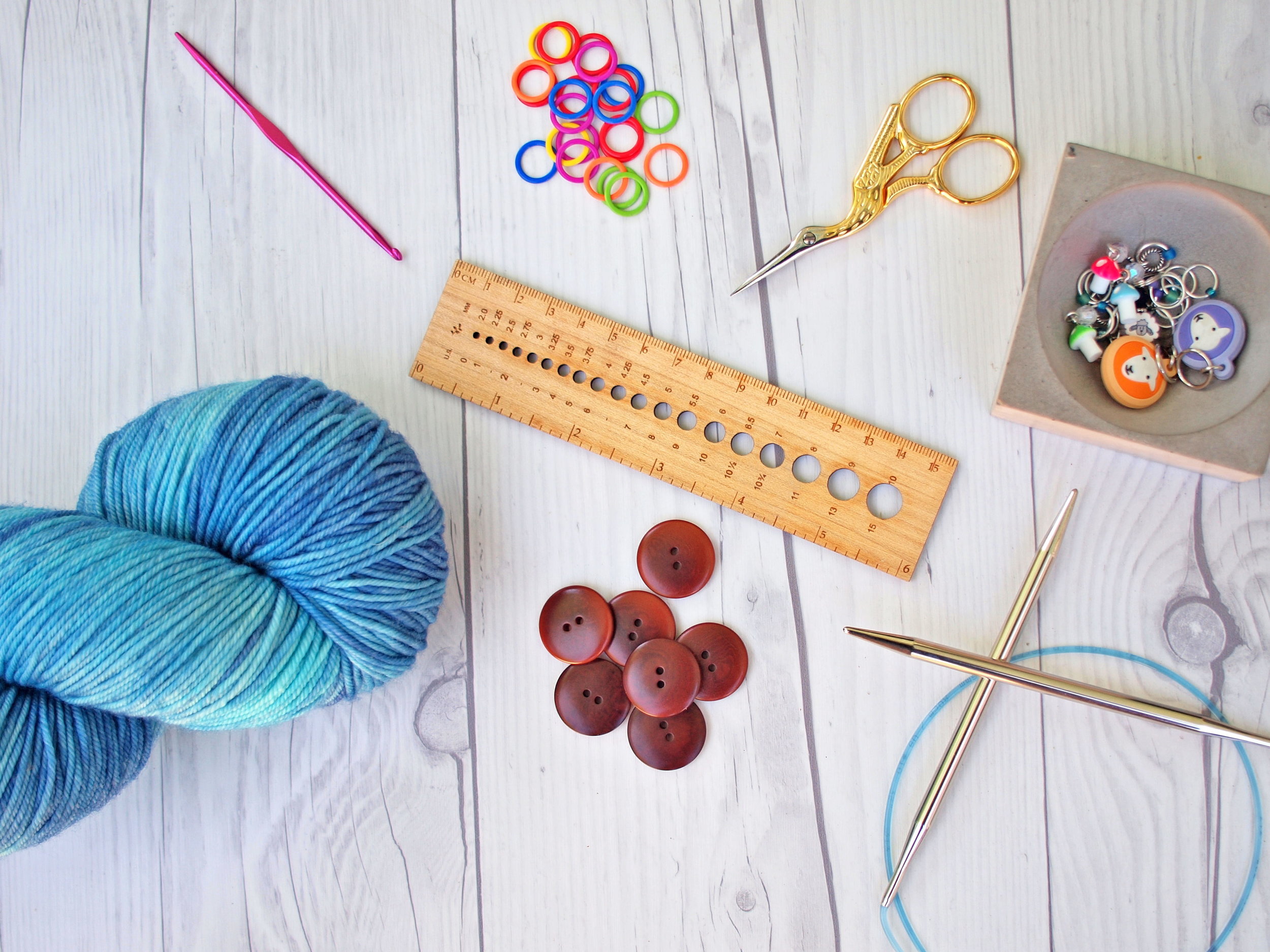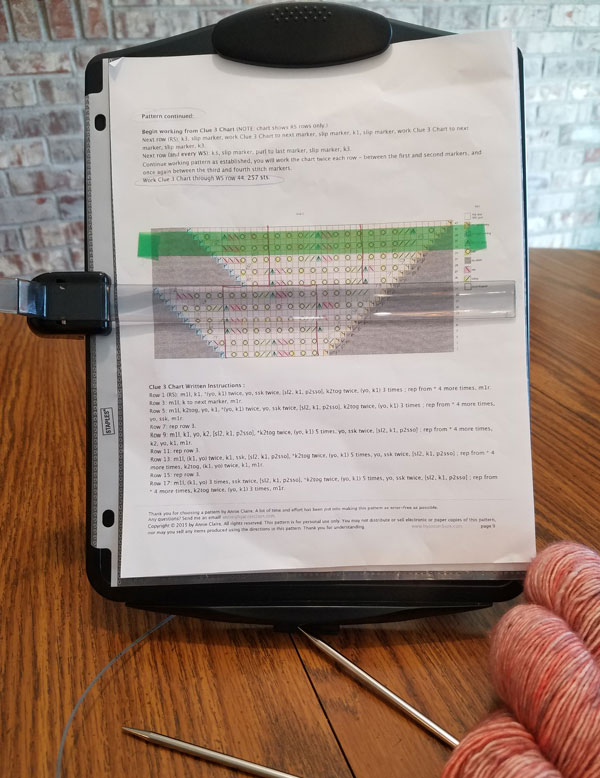Our Most Important Knitting Tool
You may be pondering about what is your most important knitting tool. Most of us would come up with a variety of answers. Knitting needles? Gauge swatches? Patterns? A handy dandy fix it tool to grab dropped stitches? All of those are important but there is one tool we all have that we tend not to think of. Our bodies.For if our bodies don't work right we can't knit. Arms and hands get sore and tired. Our necks get sore from looking down at our patterns. Our bodies get stiff if we allow them to sit while we knit for hours.We all want to knit as long as possible and in order to do that we need to take care of our most important tool - ourselves!Carson Demers, a knitter, physical therapist, and ergonomist, has written a book entitled Knitting Comfortably, the Ergonomics of Handknitting. This highly detailed book is full of essential information to keep our bodies in good shape for years to come. Change starts with one step. If you implement one thing that you can do to help your body, you will have taken the first step to knitting comfortably for years!
All of those are important but there is one tool we all have that we tend not to think of. Our bodies.For if our bodies don't work right we can't knit. Arms and hands get sore and tired. Our necks get sore from looking down at our patterns. Our bodies get stiff if we allow them to sit while we knit for hours.We all want to knit as long as possible and in order to do that we need to take care of our most important tool - ourselves!Carson Demers, a knitter, physical therapist, and ergonomist, has written a book entitled Knitting Comfortably, the Ergonomics of Handknitting. This highly detailed book is full of essential information to keep our bodies in good shape for years to come. Change starts with one step. If you implement one thing that you can do to help your body, you will have taken the first step to knitting comfortably for years! One of the basic tenets of the book is to make small changes before there's a need for them because small, almost unnoticeable problems become larger ones before we know it.
One of the basic tenets of the book is to make small changes before there's a need for them because small, almost unnoticeable problems become larger ones before we know it.
Knit on more than one project at a time
This is welcome news for those of us who have more than one project going at once! This is actually good for your hands! Carson suggests working on projects that use different yarn weights, different stitches, and different needle sizes to avoid repetitive stress injuries.
Move more
It can be so hard to make yourself stop and get up to move when you're in the flow of your project! Our bodies need movement so set a timer for every 20 to 30 minutes for a break. This would be a great time to practice knitting standing up, get a glass of water, or do some stretches. Possibly all three! If a timer doesn't sound ideal you could set your break time to coincide with something to do with your pattern. Are you doing a pattern that repeats itself? Do you need to knit a certain amount of inches? Decide on a spot in your knitting that takes approximately 20 to 30 minutes to knit and make that your break time.
Protect your back
When we look down at our pattern or our stitches, we put pressure on our spinal discs. To help avoid this, clip your pattern to a document reader. You'll notice a difference almost right away! Another thing to do is practice moving just your eyes, not your neck to look at your knitting. The more you can do this, the easier it is on your back. We've given you three ways to take care of your most important knitting tool! They are among the multitude of ideas in Carson's book where he goes into the science of why these and others are important. We'll give you more ideas in the coming months!
We've given you three ways to take care of your most important knitting tool! They are among the multitude of ideas in Carson's book where he goes into the science of why these and others are important. We'll give you more ideas in the coming months!
